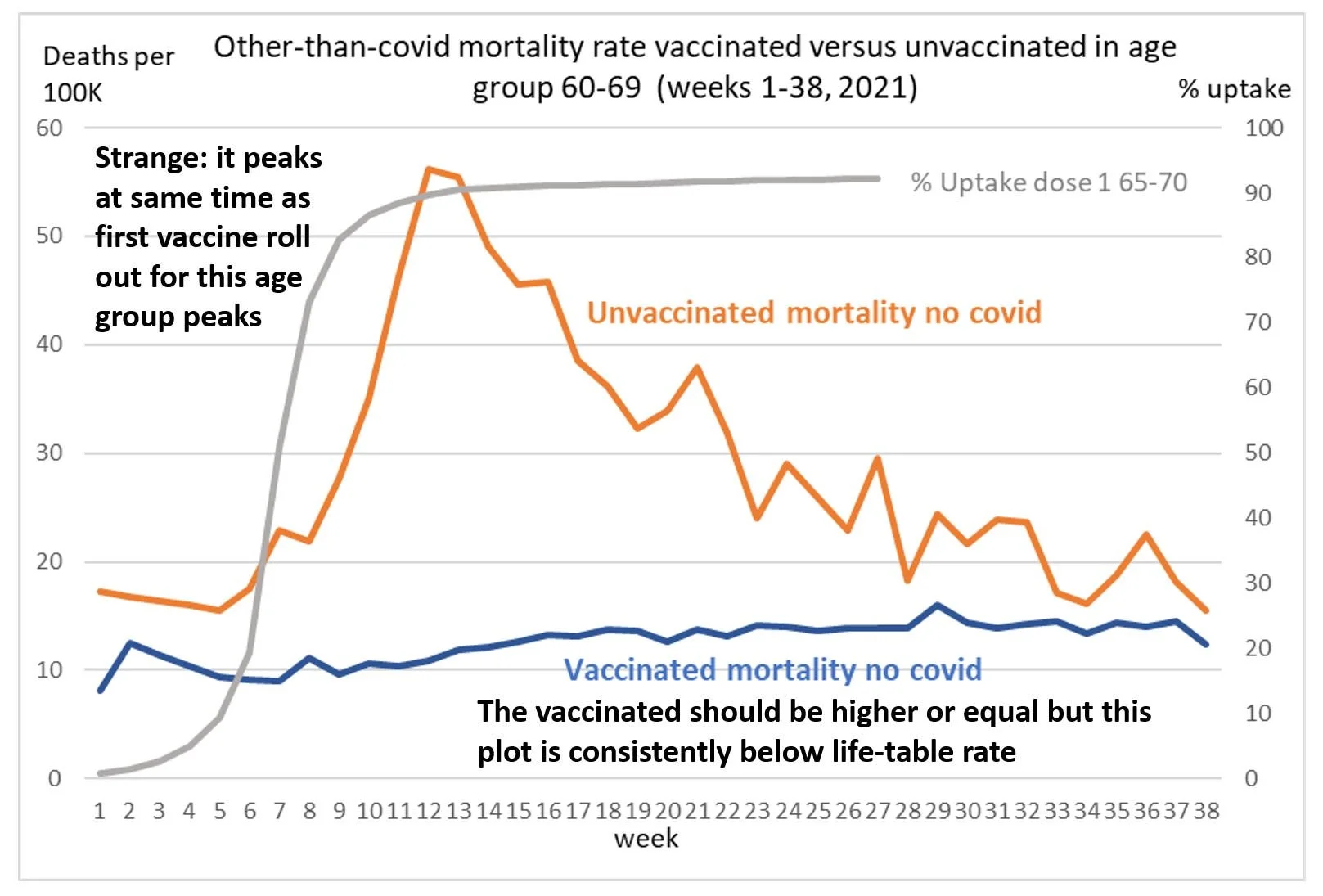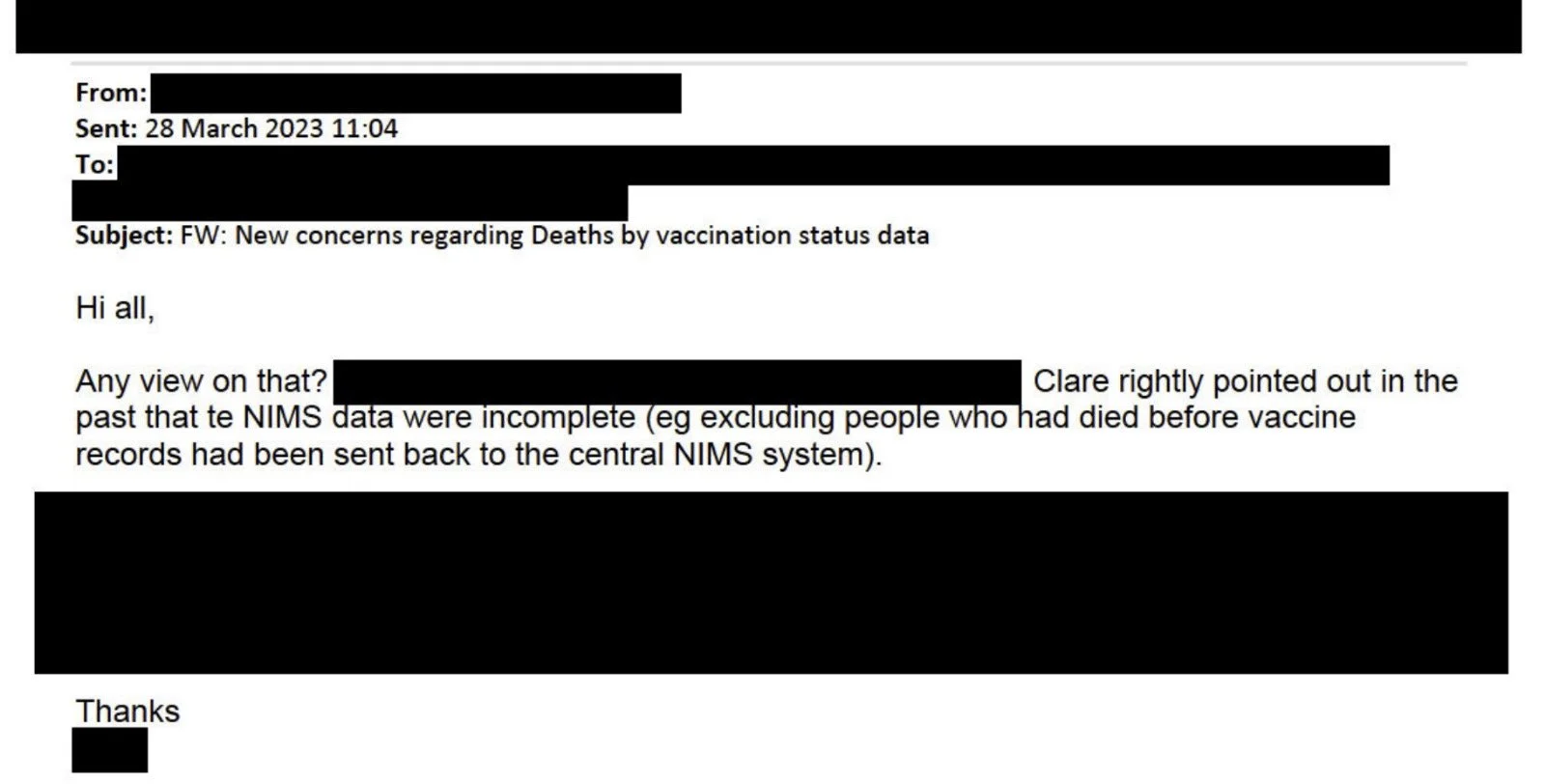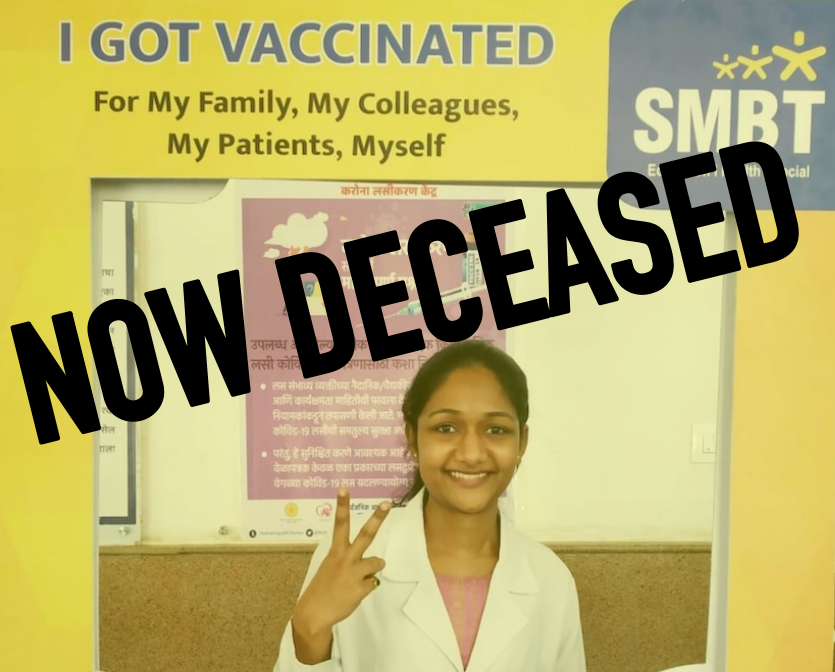Inadequate PCR Testing for Bird Flu ‘Will Only [intentionally] Raise False Case Counts’ - like it did for COVID
/Dr. Deborah Birx, the Trump administration’s coronavirus response coordinator, told CNN’s Kasie Hunt the U.S. is making the “same mistakes” with bird flu that it made with COVID-19, which she said spread because there wasn’t enough testing for asymptomatic infection.
Birx is now calling for every cow to be tested for bird flu weekly and for regular pooled tests for dairy workers. She also said it’s likely that undetected cases are circulating in humans.
“We have the technology,” Birx said. “The great thing about America is we’re incredibly innovative and we have the ability to have these breakthroughs.”
The technology Birx referenced is polymerase chain reaction or PCR testing — the same diagnostic tool that came under fire during the COVID-19 pandemic for producing inaccurate results, including false positives.
peaking out on X (formerly Twitter), critics like Simon Goddek, Ph.D., pushed back, accusing Birx of “deliberately using the same strategy to fabricate another fake health emergency.”
On Wednesday, the day after Birx’s interview, JAMA published its own article advocating for more widespread bird flu testing.
“No animal or public health expert thinks that we are doing enough surveillance,” Keith Poulsen, DVM, Ph.D., director of the Wisconsin Veterinary Diagnostic Laboratory at the University of Wisconsin-Madison, told JAMA.
Andrew Pekosz, Ph.D., from the Johns Hopkins Bloomberg School of Public Health, told JAMA that more testing should be conducted to find asymptomatic and mild infections. Workers at infected farms should be tested twice weekly, he said, and cows should be tested once a week.
Inventor: PCR test never intended for use as diagnostic tool
PCR testing works by starting with tiny fragments of DNA or RNA called nucleotides and replicating them until they become large enough to identify. The nucleotides are replicated in cycles, and each cycle doubles the amount of genetic material in the sample. The number of cycles required to create an identifiable sample is the “cycle threshold” (Ct).
PCR tests became a household name during the COVID-19 pandemic because they were treated as the “gold standard” for identifying positive cases, especially among asymptomatic people.
However, as early as December 2020, the World Health Organization (WHO) warned that using a high-cycle threshold would lead to false-positive results. The agency encouraged healthcare providers to consider the test in concert with other factors — namely the presence of symptoms — when diagnosing patients.
The WHO also cautioned those using the tests to read the instructions carefully to determine whether the cycle threshold ought to be changed to account for any background noise that could lead to a high-cycle threshold being mistaken for a false positive.
“When specimens return a high Ct value,” the press release said, “it means that many cycles were required to detect virus. In some circumstances, the distinction between background noise and actual presence of the target virus is difficult to ascertain.”
Kary Mullis, who won the Nobel Prize for inventing the PCR test, said it was inappropriate to use the test as a diagnostic tool to detect a viral infection.
Even Dr. Anthony Fauci admitted during the pandemic that a high cycle — which was used often — detected only “dead nucleotides,” not a viral infection.
The U.S. Department of Agriculture (USDA) did not immediately respond to The Defender’s inquiry about which cycle thresholds are used to test animals for bird flu.
Mass testing ‘will only serve to raise a false case count’
As of Tuesday, the latest circulating bird flu virus has reportedly infected 81 herds of dairy cattle in nine states and poultry farms in 48 states. The virus can be fatal for poultry but does not generally cause serious illness in cattle.
Bird flu is rare among humans. The Centers for Disease Control and Prevention (CDC) maintains it poses only a low risk to public health.
In the latest wave of bird flu, only three people in the U.S. have tested positive for the virus after close exposure to an infected cow. All three experienced mild symptoms — two experienced eye irritation and one also had a cough and sore throat. All recovered without incident.
The WHO reported Wednesday that a resident of Mexico died from a bird flu infection, but WHO officials also maintain the virus’ threat to the general population is low.
Bird flu cannot be transmitted among humans, but that hasn’t stopped health officials such as the WHO’s Chief Scientist Jeremy Farrar and U.S. Food and Drug Administration Commissioner Robert Califf from publicly stoking fears that the virus could suddenly mutate, become more infectious and transmissible among humans, and cause a pandemic.
Mainstream media outlets like Scientific American warned that the bird flu isn’t a pandemic “yet,” but it could evolve to become one if people do things like continue to drink raw milk. And The New York Times warned yesterday that the virus “may not be done” adapting.
The CDC reported on Tuesday that it monitors genetic changes in the virus and “few genetic changes of public health concern have been identified.”
Nevertheless, the U.S. government is building up its national stockpile of existing vaccines produced by CSL Seqirus and is nearing contracts with Moderna and possibly Pfizer to fund the development of an mRNA vaccine for the virus.
On Tuesday, Finland announced it will begin offering the vaccine to selected groups of people. [MORE]



















































































































































































































































































